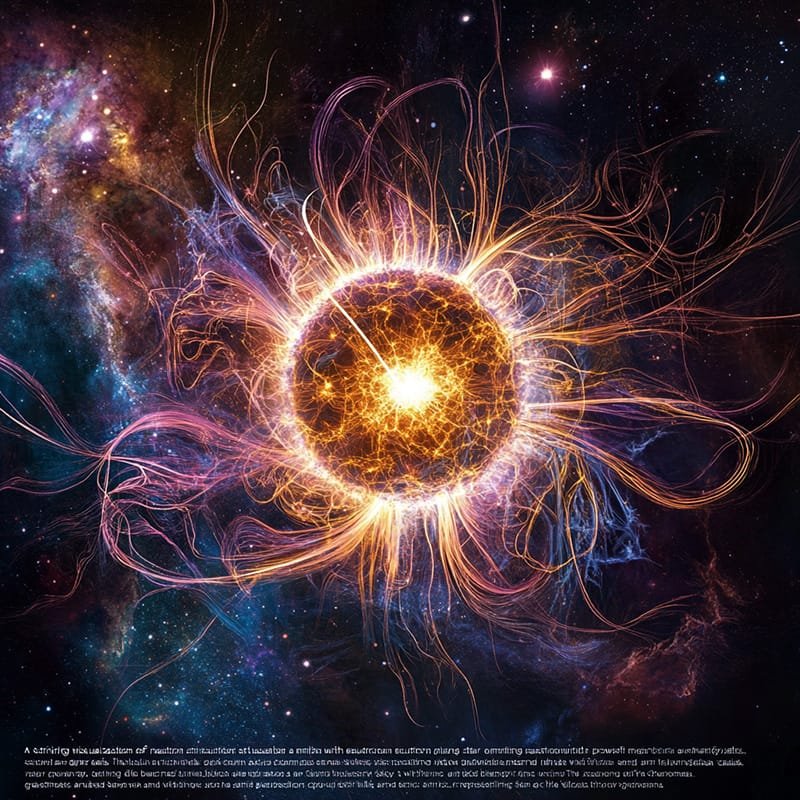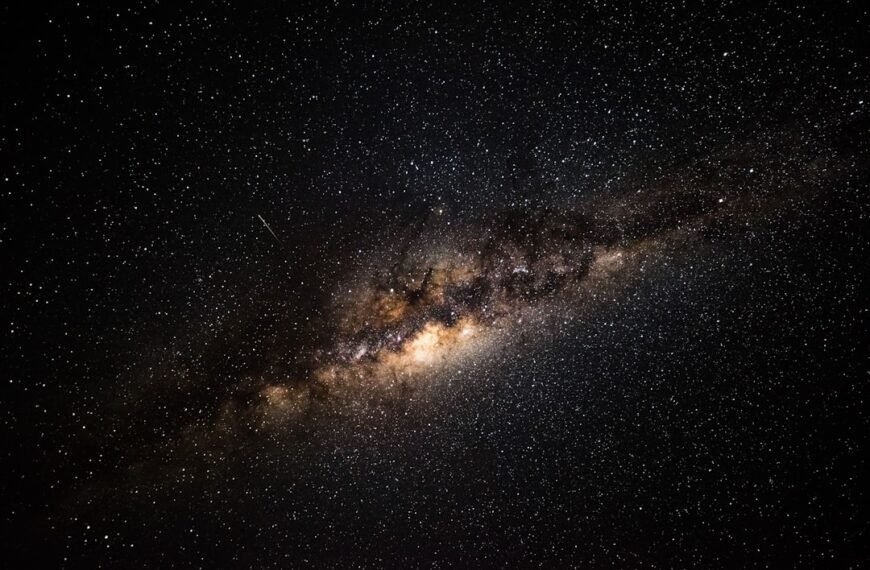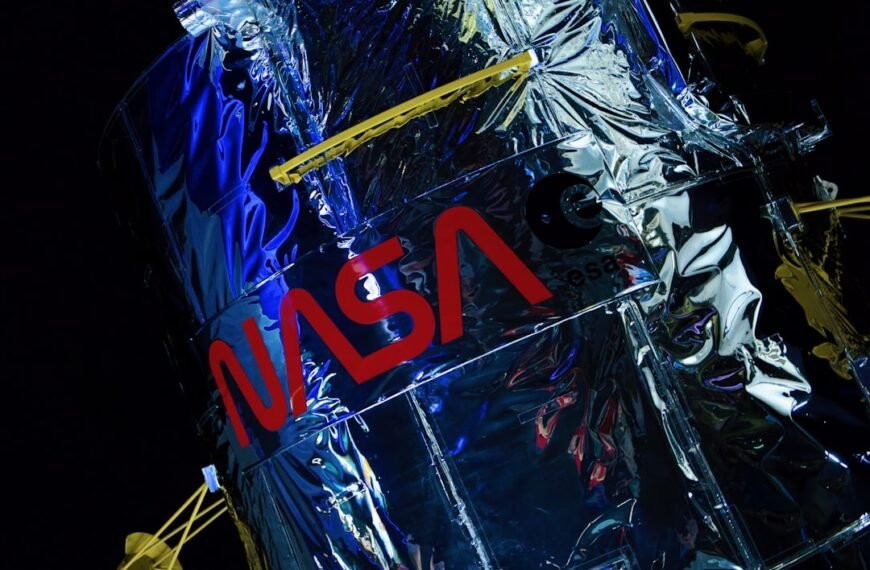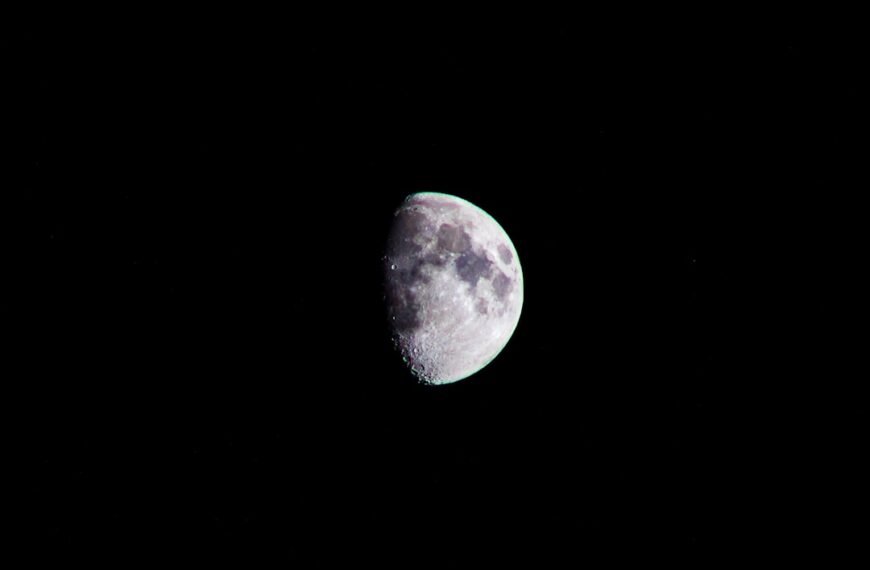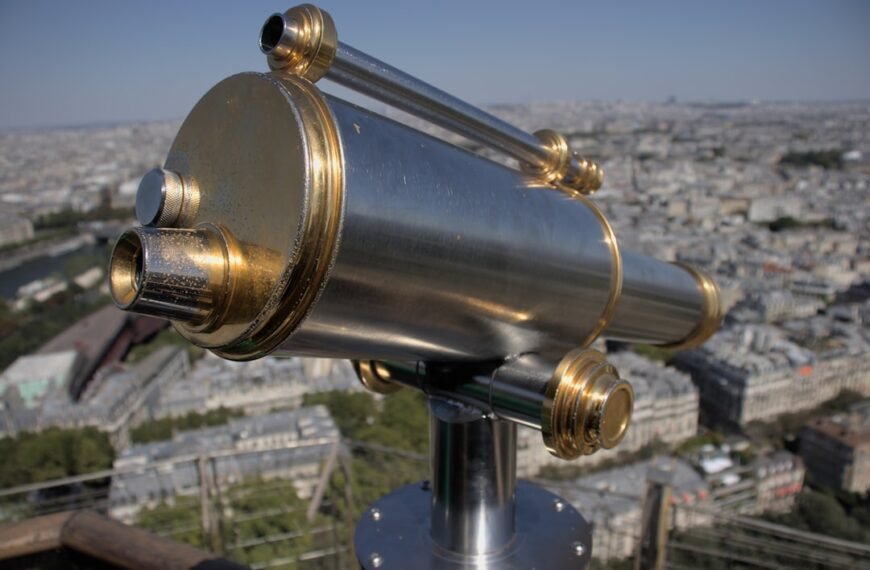Discover 2024 PT5, Earth’s temporary mini moon! Learn about its journey, origin, and next close approach on Jan 9, 2025. Explore now!
Key Takeaways
- 2024 PT5, a near-Earth asteroid, served as Earth’s temporary mini-moon for nearly two months.
- This asteroid, measuring about 11 meters in diameter, was captured by Earth’s gravity on September 29, 2024.
- 2024 PT5 is an Arjuna asteroid, known for its Earth-like orbit around the sun.
- The asteroid’s origin is intriguing, with studies suggesting it could be a natural object or a moon fragment.
- 2024 PT5 will leave Earth’s orbit and continue its journey around the sun, with its next close approach to Earth on January 9, 2025.
Mini Moons
The concept of a “mini moon” is fascinating and relatively rare. These are small asteroids temporarily captured by Earth’s gravity, orbiting our planet for a short period before continuing their journey through the solar system. The recent case of 2024 PT5 highlights the dynamic nature of our cosmic neighborhood and the intriguing phenomena that occur within it.
What is 2024 PT5?
Discovery and Characteristics
2024 PT5 was discovered on August 7, 2024, by the NASA-funded Asteroid Terrestrial-impact Last Alert System (ATLAS), which operates in Hawaii, Chile, and South Africa. This system is designed to detect asteroids that could potentially impact Earth. At a magnitude of 22, 2024 PT5 is not visible to the naked eye or even with most amateur telescopes. Only large telescopes with a 30-inch aperture or more can observe it.
Size and Orbit
The asteroid measures approximately 11 meters in diameter, comparable to the length of a London bus. It has been orbiting Earth at a distance of about 1.9 million miles (three million kilometers), which is significantly farther than the moon’s orbit. Despite its temporary status as a mini-moon, 2024 PT5’s orbit is primarily around the sun, similar to Earth’s orbit.
The Phenomenon of Captured Flybys
Arjuna Asteroids
2024 PT5 belongs to a group of asteroids known as Arjuna asteroids. These asteroids have orbits around the sun that are similar to Earth’s, which means they frequently pass close to our planet. Occasionally, they experience “captured flyby” events, where Earth’s gravity temporarily captures them, creating a mini-moon episode.
Temporary Moons
While Earth has only one permanent natural satellite, the moon, it occasionally captures these temporary moons. These events provide astronomers with unique opportunities to study these objects up close, gaining insights into their composition and origin.
The Surprising Origin of 2024 PT5
Observations and Studies
During its time as a mini-moon, astronomers have closely observed 2024 PT5. A study published on the pre-print server arXiv, which has not yet been peer-reviewed, used observations from the 10.4 m Gran Telescopio Canarias in La Palma, Spain. The study confirmed that 2024 PT5 is a natural object, but it also raised the possibility that it could be a fragment of a moon or an asteroid.
Implications of Its Origin
The potential lunar origin of 2024 PT5 adds an intriguing layer to its story. If it is indeed a moon fragment, it could provide valuable insights into the history and evolution of our solar system. Understanding the composition and origin of such objects can help scientists piece together the complex puzzle of planetary formation and celestial dynamics.
The Future of 2024 PT5
Departure from Earth’s Orbit
As of today, 2024 PT5 will leave Earth’s orbit and continue its journey around the sun. This marks the end of its brief tenure as a mini-moon, but it will remain an object of interest for astronomers and space enthusiasts alike.
Next Close Approach
2024 PT5 is expected to make its next close approach to Earth on January 9, 2025. However, it will not come close enough to be captured by Earth’s gravity again. This future flyby will provide another opportunity for observation and study, potentially revealing more about its characteristics and origin.
Wrap-up
The story of 2024 PT5, Earth’s temporary mini-moon, is a testament to the dynamic and ever-changing nature of our solar system. These captured flyby events offer unique opportunities for scientific study and discovery, enhancing our understanding of the cosmos. As 2024 PT5 continues its journey around the sun, it leaves behind a legacy of curiosity and wonder, reminding us of the vast and mysterious universe we inhabit.Wishing you clear skies and wide eyes as we continue to explore the wonders of our celestial neighborhood.





